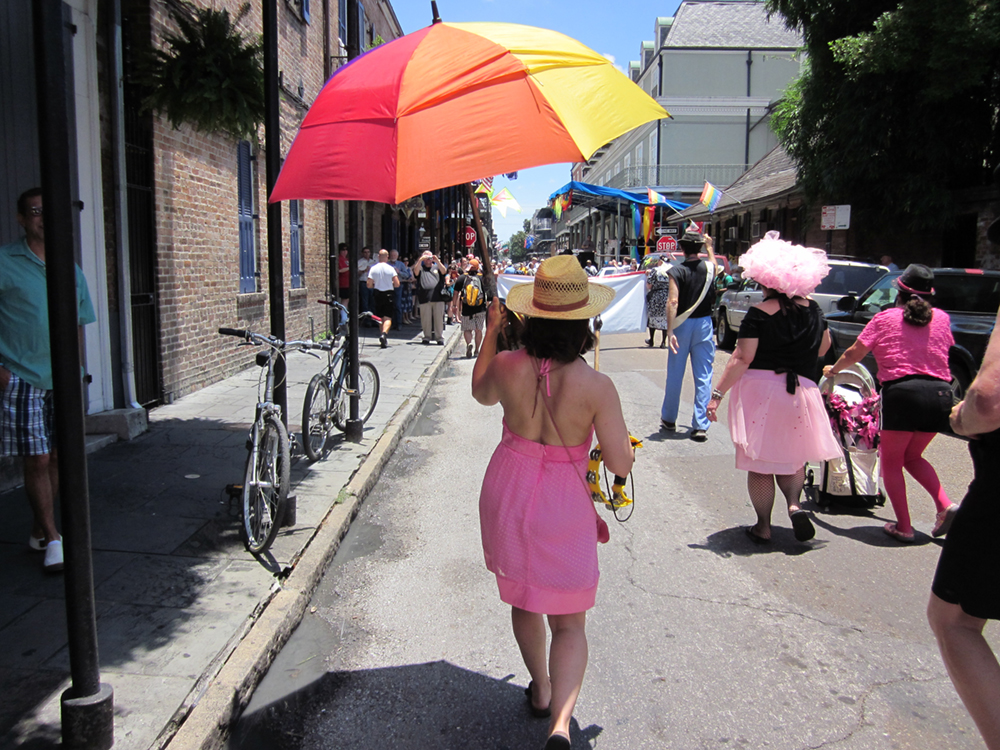| << Chapter < Page | Chapter >> Page > |
In addition to the different types of crowds, collective groups can also be identified in two other ways. A mass is a relatively large number of people with a common interest, though they may not be in close proximity (Lofland 1993), such as players of the popular Facebook game Farmville. A public , on the other hand, is an unorganized, relatively diffused group of people who share ideas, such as the Libertarian political party. While these two types of crowds are similar, they are not the same. To distinguish between them, remember that members of a mass share interests whereas members of a public share ideas.
Early collective behavior theories (LeBon 1895; Blumer 1969) focused on the irrationality of crowds. Eventually, those theorists who viewed crowds as uncontrolled groups of irrational people were supplanted by theorists who viewed the behavior some crowds engaged in as the rational behavior of logical beings.

Sociologists Ralph Turner and Lewis Killian (1993) built on earlier sociological ideas and developed what is known as emergent norm theory. They believe that the norms experienced by people in a crowd may be disparate and fluctuating. They emphasize the importance of these norms in shaping crowd behavior, especially those norms that shift quickly in response to changing external factors. Emergent norm theory asserts that, in this circumstance, people perceive and respond to the crowd situation with their particular (individual) set of norms, which may change as the crowd experience evolves. This focus on the individual component of interaction reflects a symbolic interactionist perspective.
For Turner and Killian, the process begins when individuals suddenly find themselves in a new situation, or when an existing situation suddenly becomes strange or unfamiliar. For example, think about human behavior during Hurricane Katrina. New Orleans was decimated and people were trapped without supplies or a way to evacuate. In these extraordinary circumstances, what outsiders saw as “looting” was defined by those involved as seeking needed supplies for survival. Normally, individuals would not wade into a corner gas station and take canned goods without paying, but given that they were suddenly in a greatly changed situation, they established a norm that they felt was reasonable.
Once individuals find themselves in a situation ungoverned by previously established norms, they interact in small groups to develop new guidelines on how to behave. According to the emergent-norm perspective, crowds are not viewed as irrational, impulsive, uncontrolled groups. Instead, norms develop and are accepted as they fit the situation. While this theory offers insight into why norms develop, it leaves undefined the nature of norms, how they come to be accepted by the crowd, and how they spread through the crowd.

Notification Switch
Would you like to follow the 'Introduction to sociology' conversation and receive update notifications?